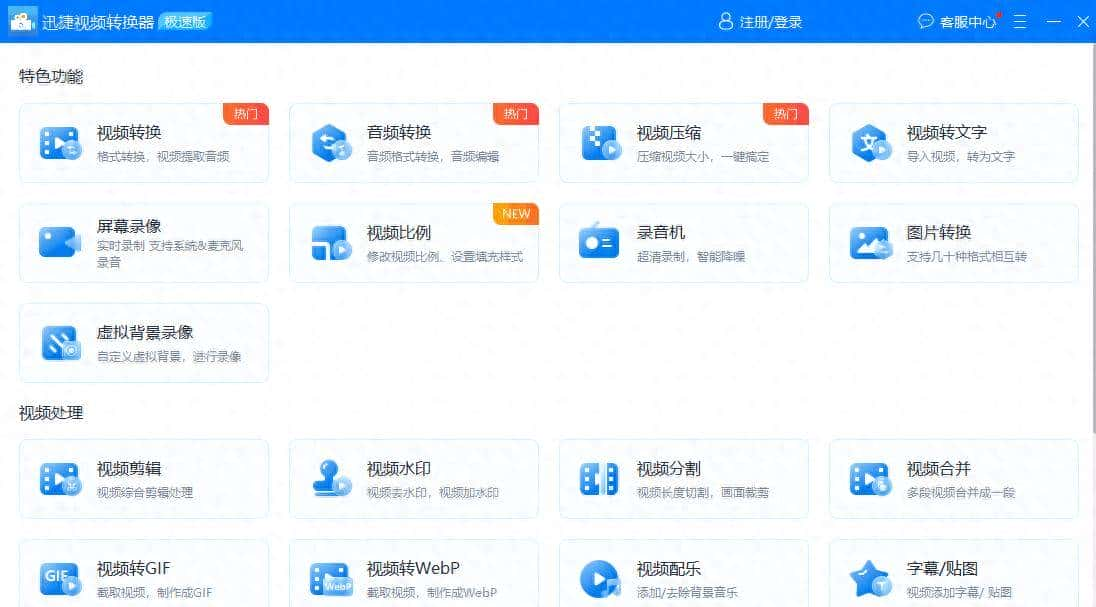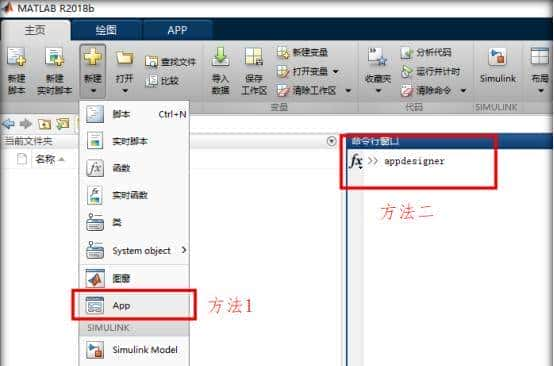概述
在 Spring Boot 应用开发过程中,资源文件的读取和操作是常见需求。Spring Framework 提供了 ResourceUtils工具类来简化资源处理流程。本文将深入介绍 ResourceUtils的功能特性、使用场景,并通过实际示例展示如何正确使用该类。
什么是 ResourceUtils?
org.springframework.util.ResourceUtils是 Spring Framework 提供的一个实用工具类,专门用于处理资源路径解析和资源加载。它封装了常见的资源操作,为开发者提供统一的资源访问接口。
核心特性
- 多协议支持:支持 classpath:、file:、http:、https:等资源前缀
- 路径解析:自动识别和解析不同类型的资源路径
- 类型判断:提供方法判断资源路径的类型
- 便捷访问:简化资源文件的获取过程
核心方法详解
1. 资源获取方法
// 根据资源路径获取 File 对象
File getFile(String resourceLocation) throws FileNotFoundException
// 获取 URL 资源
URL getURL(String resourceLocation) throws FileNotFoundException2. 路径判断方法
// 判断是否为 URL 资源
boolean isUrl(String resourceLocation)
// 判断是否为文件系统 URL
boolean isFileURL(URL url)
// 判断是否为 JAR URL
boolean isJarURL(URL url)实际应用示例
示例 1:读取类路径配置文件(开发环境)
import org.springframework.util.ResourceUtils;
import java.io.File;
import java.io.FileNotFoundException;
import java.nio.file.Files;
import java.nio.file.Paths;
@Service
public class ConfigFileReader {
/**
* 读取类路径下的配置文件
* 适用于开发环境,资源位于 src/main/resources 目录
*/
public String readDevConfig() {
try {
File configFile = ResourceUtils.getFile("classpath:application-dev.properties");
return new String(Files.readAllBytes(Paths.get(configFile.toURI())));
} catch (Exception e) {
throw new RuntimeException("读取配置文件失败", e);
}
}
}适用场景:IDE 开发环境,配置文件位于项目 resources目录
示例 2:资源路径类型判断
import org.springframework.util.ResourceUtils;
@Component
public class ResourceTypeChecker {
public void checkResourceType(String resourcePath) {
System.out.println("资源路径: " + resourcePath);
System.out.println("是否为URL: " + ResourceUtils.isUrl(resourcePath));
// 更准确的资源类型判断
if (resourcePath.startsWith("classpath:")) {
System.out.println("类型: 类路径资源");
} else if (resourcePath.startsWith("file:")) {
System.out.println("类型: 文件系统资源");
} else if (resourcePath.startsWith("http")) {
System.out.println("类型: 网络资源");
} else {
System.out.println("类型: 文件系统路径(无前缀)");
}
}
// 使用示例
public void demo() {
checkResourceType("classpath:config/app.conf");
checkResourceType("file:/etc/myapp/config.conf");
checkResourceType("https://example.com/config.json");
checkResourceType("data/config.local");
}
}示例 3:多种资源协议的使用
import org.springframework.util.ResourceUtils;
import java.io.File;
@RestController
public class ResourceController {
/**
* 处理不同类型的资源
*/
@GetMapping("/resource-info")
public String getResourceInfo(@RequestParam String resourcePath) {
try {
File file = ResourceUtils.getFile(resourcePath);
return String.format("资源存在: %s, 大小: %d bytes",
file.exists(), file.length());
} catch (Exception e) {
return "资源访问错误: " + e.getMessage();
}
}
}重大注意事项
1. JAR 包部署的限制
关键问题:当 Spring Boot 应用打包成 JAR 文件运行时,ResourceUtils.getFile()无法访问 JAR 内部的资源文件。
// ❌ 以下代码在 JAR 包中运行时会抛出 FileNotFoundException
public void problematicCode() {
try {
// 当资源打包在 JAR 内时,这行代码会失败
File file = ResourceUtils.getFile("classpath:static/index.html");
// ... 其他操作
} catch (FileNotFoundException e) {
// 在生产环境中会进入这个异常处理块
logger.error("资源文件未找到", e);
}
}2. 生产环境推荐方案
针对 JAR 包部署场景,推荐使用 Spring 的 ResourceLoader:
import org.springframework.core.io.Resource;
import org.springframework.core.io.ResourceLoader;
import org.springframework.stereotype.Service;
import java.io.InputStream;
@Service
public class SafeResourceService {
private final ResourceLoader resourceLoader;
public SafeResourceService(ResourceLoader resourceLoader) {
this.resourceLoader = resourceLoader;
}
/**
* 安全的资源读取方法,适用于所有环境
*/
public String readResourceSafely(String resourcePath) {
try {
Resource resource = resourceLoader.getResource(resourcePath);
// 使用 InputStream 而不是 File,避免 JAR 包访问问题
try (InputStream inputStream = resource.getInputStream()) {
byte[] bytes = inputStream.readAllBytes();
return new String(bytes, StandardCharsets.UTF_8);
}
} catch (Exception e) {
throw new RuntimeException("读取资源失败: " + resourcePath, e);
}
}
/**
* 或者直接使用 ClassPathResource
*/
public String readClasspathResource(String path) {
try {
ClassPathResource classPathResource = new ClassPathResource(path);
try (InputStream inputStream = classPathResource.getInputStream()) {
// 处理资源内容
return new String(inputStream.readAllBytes(), StandardCharsets.UTF_8);
}
} catch (Exception e) {
throw new RuntimeException("读取类路径资源失败", e);
}
}
}最佳实践提议
1. 环境适配策略
@Component
public class ResourceReader {
@Value("${app.environment:dev}")
private String environment;
/**
* 根据环境选择合适的资源读取方式
*/
public String readResourceAdaptive(String resourcePath) {
if ("dev".equals(environment) || "test".equals(environment)) {
// 开发测试环境使用 ResourceUtils(更直观)
return readWithResourceUtils(resourcePath);
} else {
// 生产环境使用 ResourceLoader(更安全)
return readWithResourceLoader(resourcePath);
}
}
private String readWithResourceUtils(String path) {
// ResourceUtils 实现
}
private String readWithResourceLoader(String path) {
// ResourceLoader 实现
}
}2. 资源不存在时的优雅处理
@Service
public class RobustResourceService {
public Optional<String> readResourceGracefully(String resourcePath) {
try {
Resource resource = new ClassPathResource(resourcePath);
if (!resource.exists()) {
return Optional.empty();
}
try (InputStream is = resource.getInputStream()) {
String content = new String(is.readAllBytes(), StandardCharsets.UTF_8);
return Optional.of(content);
}
} catch (Exception e) {
logger.warn("读取资源失败: {}", resourcePath, e);
return Optional.empty();
}
}
}总结对比
|
特性 |
ResourceUtils |
ResourceLoader/Resource |
|
易用性 |
⭐⭐⭐⭐⭐ |
⭐⭐⭐⭐ |
|
JAR 包兼容性 |
⭐⭐ |
⭐⭐⭐⭐⭐ |
|
协议支持 |
多协议支持 |
多协议支持 |
|
推荐场景 |
开发测试环境 |
所有环境(特别是生产) |
|
资源访问方式 |
主要通过 File 对象 |
主要通过 InputStream |
结论
ResourceUtils是 Spring Boot 开发中一个有用的工具类,特别适合在开发测试环境中快速访问资源文件。它提供了简洁的 API 和良好的开发体验。
不过,对于需要部署到生产环境的 Spring Boot 应用,强烈提议使用 ResourceLoader和 Resource接口,通过 getInputStream()方法访问资源,这样可以确保应用在 JAR 包部署模式下正常工作。
选择合适的方法取决于具体的应用场景和部署环境。在不确定的情况下,优先选择 ResourceLoader方案以保证代码的兼容性和健壮性。













收藏了,感谢分享